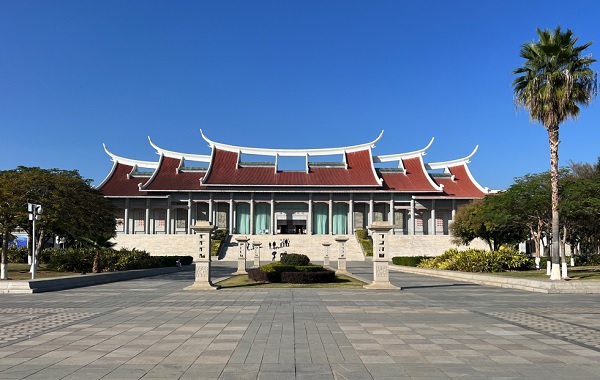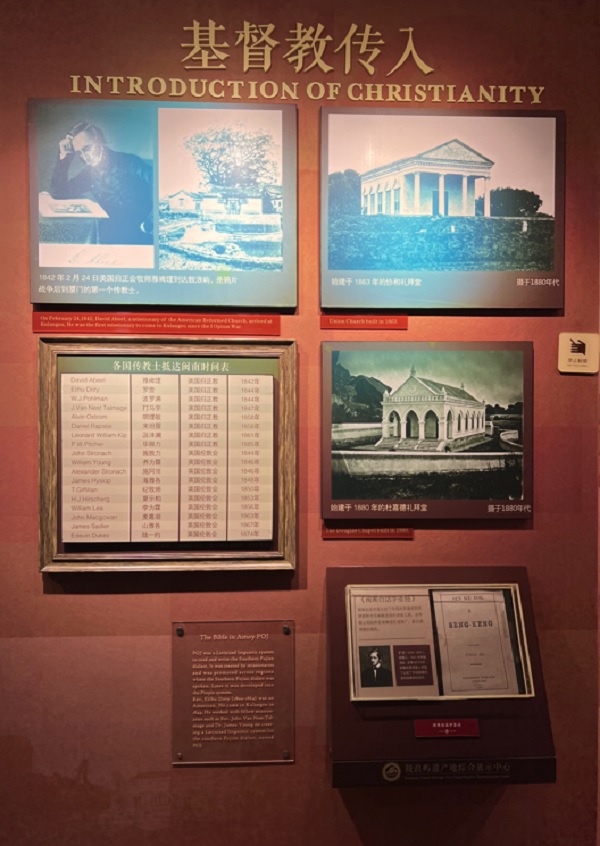After three long years of the COVID-19 pandemic, China finally reopened its borders and resumed 15-day visa-free travel for Singaporean citizens in July 2023 (extended to 30 days as of 9 February 2024). I completed my duties at the conference of the International Association of Chinese Nephrologists in the city of Guangzhou, Guangdong province, and my wife and son joined me for a family vacation. We went first to visit my cousins in Shenzhen, and then continued onwards to Xiamen (also known as Amoy) in Fujian province.
The travel begins
From Guangzhou, Shenzhen is about two hours away by car. One can also travel by high-speed train, which takes only about 30 minutes, but as we had bulky luggage and did not pre-book train tickets, I opted to book a ride on the DiDi ride-hailing app. However, despite having linked my WeChat Pay to the DiDi app, I could not execute the booking as it exceeded the payment limits! Fortunately, my cousin managed to organise transport for us instead. Along the way, we passed the city of Dongguan and many factories and industrial areas which showcased the rise of China's manufacturing prowess. My cousin then brought us out to a wonderfully tasty dim sum lunch. Guangdong offers several cuisines, including Cantonese (粤菜) and Teochew(潮州) delights.
Shenzhen is a city of immigrants, home to about 20 million people and many leading technology companies such as Tencent (developer of the WeChat super-app). Many parts of the city are newly developed, and we explored the city by using its futuristic subway system. Our first stop was Lianhuashan Park where a statue of Mr Deng Xiaoping stands over the city. Mr Deng started a series of economic reforms and established Shenzhen as a "special economic zone" in the 1980s.
We also visited other newly developed areas near the waterfront where new offices, malls and homes were built or under construction, and partook in the Chinese pastime of enjoying tea, including delightfully named ones like "duck shit fragrance" (鸭屎香) Near Shenzhen is the Dapeng Fortress built in 1394 to defend against pirates. It now houses shops and restaurants, and we enjoyed a good lunch of local specialties there. Before we left Shenzhen, we had to try the Cantonese specialty of roast goose, and my cousin's husband took us to the Laoxiang restaurant (老乡酒楼) in his hometown of Dongguan to enjoy a special order! We stayed in the central Futian area, just next to the train station, and booked train tickets for Xiamen, Fujian province. To catch the train with the best timing and frequency, we had to embark at the Shenzhen North station. You can use the WeChat app to check the train schedules. There are several different train types that travel at different speeds (Type G trains being the fastest) and the quickest trip we could find would take about two and a half hours.
In pursuit of heritage
My son wanted to visit Gulangyu (鼓浪屿), an island just off the coast of Xiamen. Xiamen became a treaty port after China's loss in the First Opium War and the Treaty of Nanking in 1842. Gulangyu later became an international settlement in 1902 where 13 countries, including the UK, Japan, France and the Netherlands had extraterritorial privileges.
My son had developed a fascination for linguistics and our mother tongue of Hokkien (also referred to as the Minnan [闽南] language), and wanted to see if he could find in Gulangyu the tomb of Carstairs Douglas (1830-1877), a missionary who developed the significant work, Chinese-English Dictionary of the Vernacular or Spoken Language of Amoy. He used peh-oe-ji (白话字) to do so, a writing system that expresses the Xiamen dialect with Romanised characters.
The concierge at the Pan Pacific Xiamen hotel helped us book the ferry tickets to Gulangyu, as advance electronic ticket purchase is advised. We engaged an English-speaking guide who took us around the island and while in consultation with the guide's teachers, we discovered that Douglas' grave was demolished to make way for development. We spent the day exploring several museums, including that of the minority She tribe(畲族).
Back on Xiamen island, we travelled by subway from our hotel to Jimei district (集美). There we visited the memorial museum of Tan Kah Kee, a Singaporean philanthropist who donated his wealth to the cause of education. In this district, there are many interesting schools, alleys, houses and ancestral halls.
We also visited the Zhongshan Road Walking Street, a notable pedestrian road, for shopping and dining. The road has many shops offering Fujian dried seafood, such as abalone, squid and scallops. We tried satay noodles (沙茶面) at Yuehua restaurant, which was recommended by our guide. This is a noodle concoction with flavours from Southeast Asia (also known in Chinese as Nanyang [南 洋]). It was interesting sampling the noodles on little tables and stools on the roadside.
Thereafter, we left for Singapore, reflecting on the intricate connections between the Chinese in Singapore, and Xiamen island and Fujian province.
Travel notes
- Since 2023, WeChat allows international credit cards to be linked to WeChat Pay. However, there are payment limits which may inhibit your spending. Roaming is necessary to allow credit card verification with your bank. Do set this up before you go to China.
- While credit cards such as Visa, American Express and Mastercard are accepted in major international hotel chains, many shops, train stations and local vendors require cash or electronic payment via Alipay or WeChat Pay. You can consider applying for UnionPay credit cards and check with your bank on its usability in China.
- You need a passport to book train tickets, and it is often easier to go directly to the train station for booking, as booking online usually only works on the Chinese version of the train website.
- You can use the DiDi ride-hailing app for transport like I did. The DiDi app can be accessed from within the WeChat app.

Tan Kah Kee Memorial Museum

Museum display on peh-oe-ji by Christian missionaries